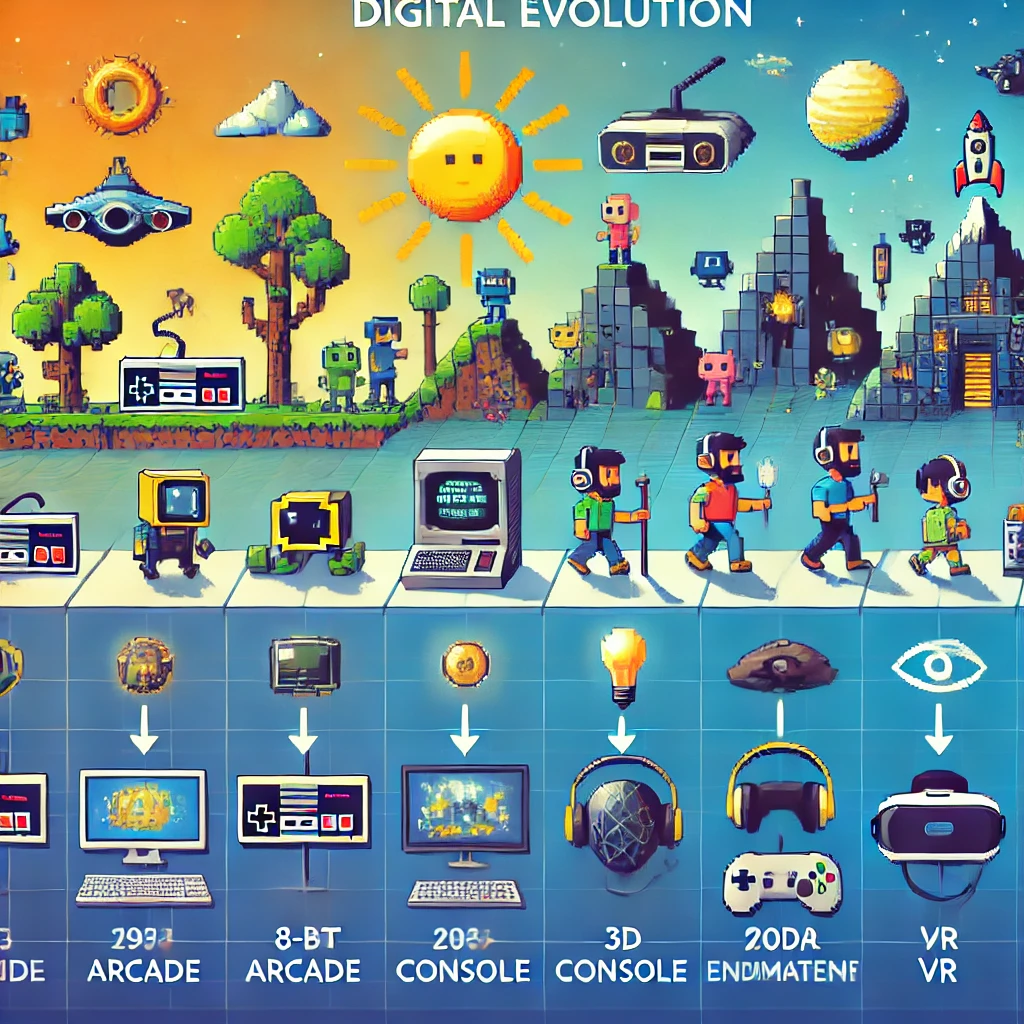Have you ever told yourself, “just one more round,” only to realize an hour has passed? That’s not a coincidence—it’s game design in action. Some games are built to be sticky, leveraging psychology to keep you coming back.
The Mechanics of Addiction
Certain game mechanics are intentionally crafted to trigger dopamine loops. These include:
- Progress bars and leveling systems
- Loot boxes and surprise rewards
- Time-limited events and daily tasks
- Victory streaks and competitive ladders
Each small win gives the brain a chemical reward, reinforcing the behavior. Over time, this leads to habitual play.
Variable Reward Systems
Inspired by slot machine logic, some games use variable reinforcement—you never know when the next reward is coming, which keeps you engaged. The mystery becomes part of the excitement.
Social Triggers
Multiplayer games add social pressure through:
- Guilds and team commitments
- Leaderboards
- Fear of missing out (FOMO) during events
This increases emotional investment, which often overrides logical play limits.
Not Always a Bad Thing
Addictive doesn’t always mean negative. These mechanics can make games incredibly satisfying and immersive. The issue is when engagement becomes compulsion, leading to neglect of other activities.
How to Stay in Control
- Set daily time limits or play windows
- Avoid games with excessive time gating if you have limited availability
- Reflect on why you’re playing: joy or routine?



Leave a Reply